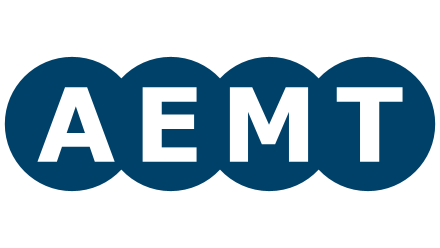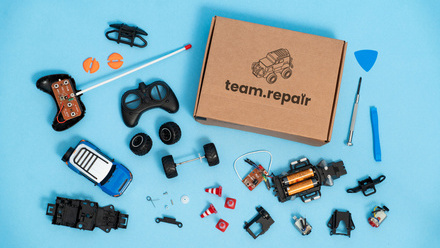Comparing the Environmental Impact Of Repairing Versus Replacing Electromechanical Assets
The investigation, which formed part of an MSc dissertation titled “Using Life Cycle Assessments to compare the environmental impact of repairing versus replacing electric motors and wind turbine generators,” considered factors such as material quantity, energy consumption, transportation, and endof- life scenarios. It utilised the OpenLCA program, a software-based framework for sustainability assessment and life cycle modelling, and the Ecoinvent 3.8 database, a life cycle inventory that provides reliable and transparent information on the environmental impacts of various products and services for a comprehensive Life Cycle Impact Assessment.
Premature asset failure prompted the investigation into three scenarios: total replacement of the asset, a repair to the asset after ten years of service, which lasted a further ten years, and a repair after ten years of service, which lasted five years, followed by an additional repair which lasted a further five years. The study’s cut-off point was set at 20 years, acknowledging the potential for the cycle to repeat indefinitely.
In the supply chain process, companies weigh factors such as cost, volume, quality control, and carbon footprint when deciding between repair and replacement options. The study’s system boundaries for inventory analysis considered inputs (raw materials and energy) and outputs (products, waste, emissions, air, water, and soil). Impact assessment focused on climate change with the global warming potential (GWP) and natural resource depletion measured as the abiotic depletion potential (ADP). It should be understood that an asset’s total cost of ownership in financial terms is often also considered, which did not fall within the scope of this study. However, a number of key findings were made that were related to the objectives of the analysis.
KEY FINDINGS
Environmental impact reduction: Repairing assets after ten years, rather than replacing them, can decrease associated GWP by 40.9% for motors and 37.4% for generators. Raw material acquisition, assembly and pre-processing have been identified as some of the most significant contributors to negative environmental impact.
Embodied carbon preservation: Manufacturing a new mechanical asset involves a substantial amount of embodied carbon in the production process. Repairing allows the preservation of this embodied carbon by extending the useful life of the existing equipment (the embodied carbon accounted for approximately 50% of GWP in all scenarios).
Energy conservation: The energy required to produce and transport a new mechanical asset is typically higher than that needed for repair. Choosing repair supports energy conservation and reduces the overall environmental impact associated with the production and disposal of mechanical assets. This aligns with global efforts to mitigate climate change and minimise the ecological footprint of industrial activities, which in turn helps organisations comply with regulations related to waste disposal and emissions, contributing to a more responsible and eco-friendly operational strategy. However, this factor needs to be considered in the context of any change to lifetime energy consumption should a replacement motor offer an increase in energy efficiency.
Circular economy benefits: Repairs using recycled components align with the principles of a circular economy, reducing discarded equipment and promoting sustainability.
Social benefits: The social benefits of implementing these responsibilities also deserve to be mentioned. By implementing a system of inspection, repair, maintenance, and monitoring, Houghton International has demonstrated its commitment to creating, developing, and upskilling a workforce with sustainable professional development opportunities essential to contributing to a circular economy.
Operational responsibility: Companies play a crucial role in environmental stewardship regardless of industry. In some circumstances, choosing repair over replacement can influence a company’s operational trajectory, showcasing commitment to positive environmental, social, and community policies.
CONCLUSION
While the benefits of repairing the assets studied rather than replacing them were demonstrated, the scenario that simulated two repairs in a ten-year period showed that the quality of a repair impacted the GWP over its lifespan. This reinforces the importance of selecting a company that carries out rewinds and repairs to the highest standards. More details about the study can be found on Houghton International’s website, where a full copy can also be requested.







